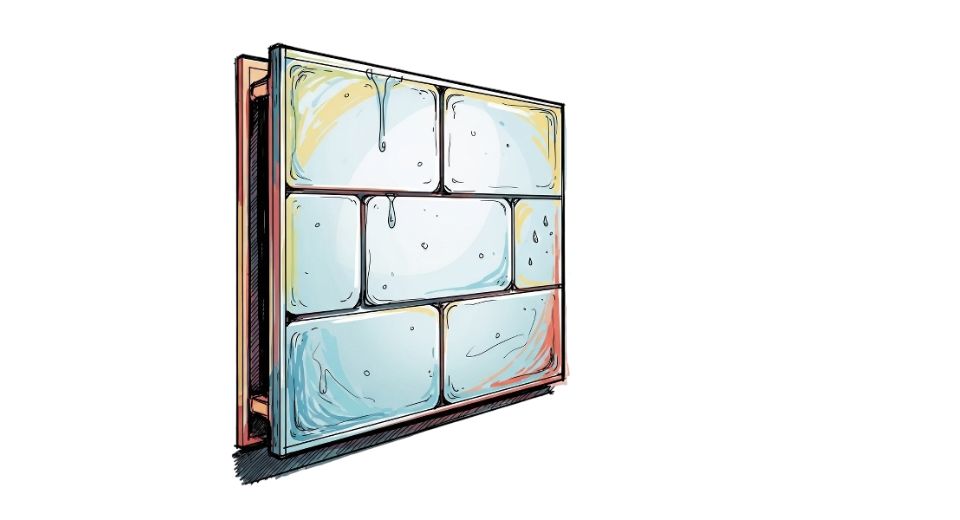
Jul 01, 2025

The new report from Metastat Insight provides an in-depth dive into the water-resistant wall panels market on a global scale, highlighting emerging trends, subtle regional insights, and the wider commercial environment. The research provides a glimpse through the window of a market shaped by its responsiveness, influenced as much by pressures from the natural world as by changing architectural agendas. In an ever more environmentally conscious world, the need for materials with durability paired with beauty has come to the forefront. These panels, used commonly in both homes and businesses, are no longer merely substitutes but necessities in contemporary building design.
It is the subtle overlap of functionality and design two of which have traditionally been kept separate in the building world that characterizes this market. Materials designed to withstand moisture damage have to survive in all types of environments, from hospital hallways to high-end spa bathrooms. The convergence of water resistance and design capability has opened the door for manufacturers who realize that durability alone is not enough. The visual language of space is important. Wall panels within this category are no longer envisioned as barriers or as facades but as surfaces that address a user's experience of place.
Geographically, the terrain reports differently. Each market introduces its own conditions of preference determined by climate, cultural design tendencies, and economic preparedness to invest in specialist materials. In certain regions, the market for water-resistant wall panels is influenced by public works projects that require durability and low maintenance over the long term. In others, luxury residential construction has created a desire for smooth finishes that can stand up to the strain of humidity or intense cleaning routines. Even in a single nation, cities can differ widely from rural areas in the application of these products.
With growing urban populations and buildings that are more complex in form and usage, the kinds of spaces requiring this degree of material performance become more varied too. Hospitals, schools, high-end hotels, and commercial kitchens all pose different requirements, but they meet in their dependence on solutions minimizing exposure to water damage. The waterproof wall panels market has countered by streamlining product segments, providing niche versions that are tailored to the environmental and functional needs of these separate areas.
Developments in supply chains have had a strong effect on market evolution. Raw material availability, energy inputs needed in production, and logistics issues all contribute to the pace of production and cost. Manufacturers are finding ways to achieve effective scale in conjunction with the customization needs of customers who now do not settle for standardized products. This has brought a silent revolution to the method of production, with some companies putting capital into modularity and flexibility to include smaller, customized orders without sacrificing on delivery timelines.
In addition, material science innovation has enriched the discussion of what makes for water-resistance. It is no longer enough that a panel repel water. Customers now look for resistance to mold, for cleanliness, for thermal performance, and even acoustic characteristics when they are making buying decisions. This has spawned a flurry of teamwork among designers, chemists, and product engineers looking to provide multi-functioning solutions in one panel design.
Interestingly, the terminology of value is itself being redefined in this marketplace. The traditional method of quantifying durability in terms of time alone is now giving way to a more sophisticated estimation that takes into account lifecycle effect, recyclability, and simplicity of retrofitting. This expanded definition of value is challenging both new players and established manufacturers to recast design fundamentals from first principles. What was once regarded as a humble construction input has now become a design-led, performance-based element of contemporary architecture.
Models of distribution are similarly changing, mirroring broader trends in business. Whereas established networks of contractor and retail channels continue to be important, online platforms have gained importance, enabling end users and project managers to browse extensive libraries of information before making a decision. This transition not only alters the manner in which products are marketed, but also how they are sold, with rich digital content being instrumental in shaping client choices. The water-resistant wall panels industry therefore becomes not just a field of material exchange, but also of digital engagement and brand narrative.
Among the myriad pressures and new demands, one remains the same: the need for credibility. Purchasers increasingly call for substantiation certifications, performance reports, and extended use data. Transparency has thus become a currency unto itself, shaping the way manufacturers earn trust with customers. This need has fostered a degree of accountability that rewards the entire ecosystem, promoting more ethical manufacturing and truthful claims of performance.
Basing our analysis on these observations, the new report published by Metastat Insight is a valuable source of information about the subtle changes in the water-resistant wall panels industry. It goes beyond observation to reveal the prevailing momentum and directional turns that characterize the industry currently. By synthesizing various points of view from design and production to distribution and regulation the research provides a prism through which industry players can measure where opportunity stands and how to best position themselves. Overall, the report is an overview as much as it is an examination of a material category that has insidiously become part of how modern spaces are constructed and consumed.
Drop us an email at:
Call us on:
+1 214 613 5758
+91 73850 57479